#chalkhill blue
Text



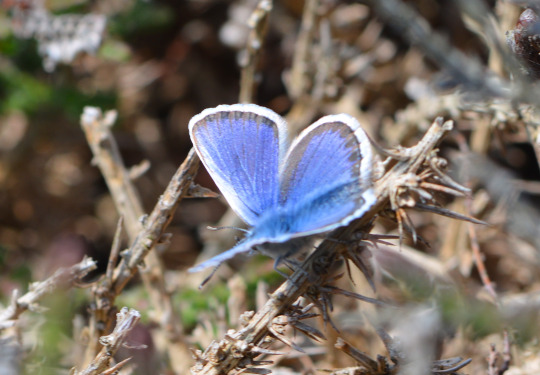
Some blue butterflies I have enjoyed seeing this year, Holly Blue at Lakeside this week, Adonis Blue at Martin Down in May, Chalkhill Blue at Stockbridge Down on Monday and Silver-studded Blue at the Range, South Stack last month.
#photography#butterflies#blue butterflies#chalkhill blue#adonis blue#silver-studded blue#holly blue#nature#england#wales#uk#europe#beautiful#spring#summer
22 notes
·
View notes
Text

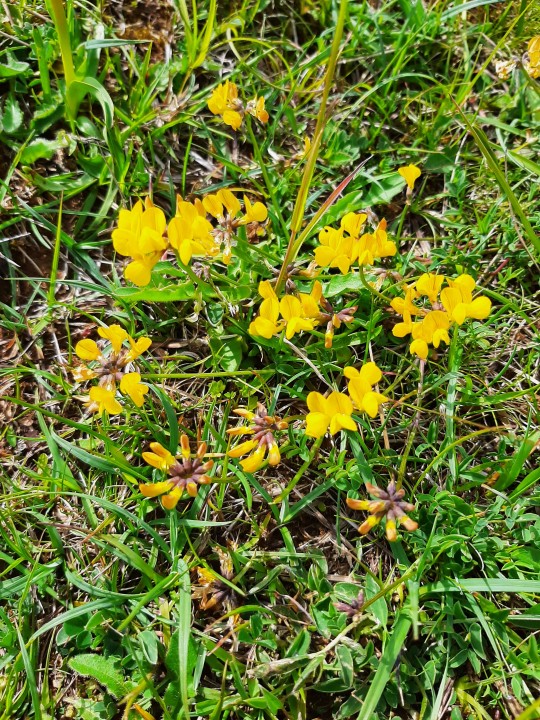


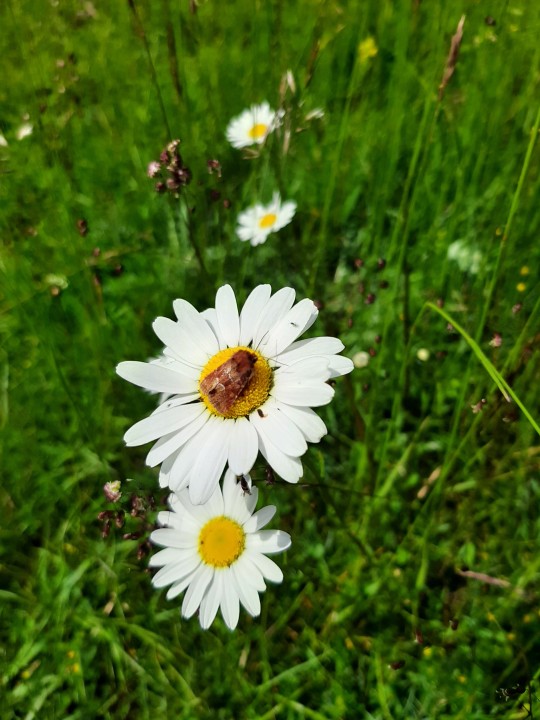
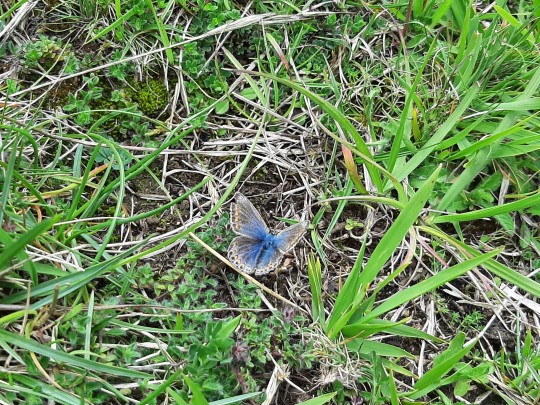

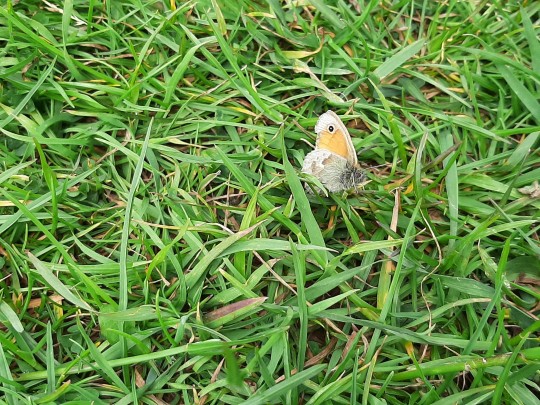

Went for a walk on the common with Bumble and look at all the lovely flowers that are out and the bugs that are attracted to them, we are so lucky that the blue butterflies are coming back 💙
#witchblr#witchy#flowers#orchids#birds foot trefoil#fragrant orchid#common spotted orchid#yellow wort#mother of thyme#field scabious#bluecaps#chalkhill blue butterfly#ox eye daisy#Hepialidae#common swift moth#gatekeeper butterfly
12 notes
·
View notes
Text
Anyways..... The main 4 as bugs bc I say so:
Gon as a ladybug 😛


Killua as a chalkhill blue butterfly 🙏


Kurapika as a cecropia moth 😳


Leorio as a dragonfly 🤗

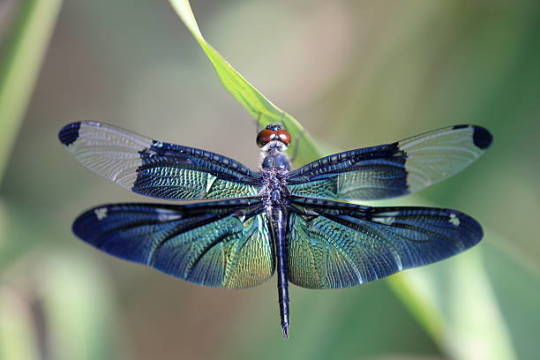
286 notes
·
View notes
Photo



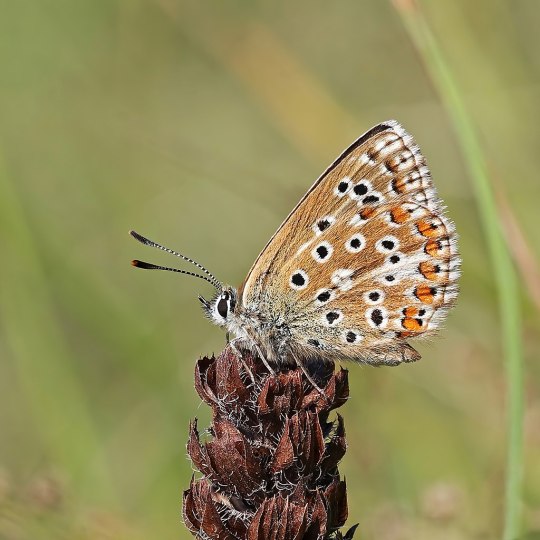
Chalkhill Blue (Lysandra coridon)
1. Female, Cradley, Malvern, U.K - Gailhampshire
2. Male, Cradley, Malvern, U.K - Gailhampshire
3. Male, Lehrensteinsfeld, Germany - Rosenzweig
4. Female, Yoesden Bank, Buckinghamshire - Charles J. Sharp
20 notes
·
View notes
Text

Two Chalkhill abd Common Blue butterflies
5256srbF10_08_08.jpg Canon 400D EF 100 2.8 f/ 3.5 1/250 iso: 400 Srbsko, Czech Republic 8/8/2010
#Lycaenidae#SaveButterflies#butterflies#Lepidoptera#insects#invertebrates#macro#grasslands#insectphotography#macrophotography#insect#canon
5 notes
·
View notes
Text
Tagged by @sodafrog13 here for the first ten songs from our On Repeat playlist.
Garden of Earthly Delights - XTC
SCARING THE HOES - JPEGMAFIA x Danny Brown (Possible eye strain warning.)
Andrew in Drag - The Magnetic Fields
Chalkhills and Children - XTC
Garbage Pale Kids - JPEGMAFIA x Danny Brown
I Want a New Drug - Huey Lewis and the News
(---) Pt. 3 - Swans
Blackmail - A Screw EP - Swans
The Dead Flag Blues - Godspeed You! Black Emperor
Discipline - Throbbing Gristle (Brief flashing from cameras.)
Not going to tag anyone. If you want to do this, feel free to say I/we tagged you.
3 notes
·
View notes
Photo

Chalkhill blue butterfly suncatcher 🦋 #butterfly #chalkhillblue #suncatcher #garden #gardendecor #blue #giftsforgardeners #bluelakeinteriors #shoplocalwales #onlinegifts #homedecorideas #Rhondda #onlinegiftshopping #giftsforalloccasions https://www.instagram.com/p/CpQJPU6obT9/?igshid=NGJjMDIxMWI=
#butterfly#chalkhillblue#suncatcher#garden#gardendecor#blue#giftsforgardeners#bluelakeinteriors#shoplocalwales#onlinegifts#homedecorideas#rhondda#onlinegiftshopping#giftsforalloccasions
0 notes
Text
More effective protected areas needed to halt biodiversity loss
https://sciencespies.com/nature/more-effective-protected-areas-needed-to-halt-biodiversity-loss/
More effective protected areas needed to halt biodiversity loss
Protected natural areas of the UK are struggling to halt declines in insects and spiders that have occurred over the past 30 years, according to a new study led by researchers from the UK Centre for Ecology & Hydrology (UKCEH).
Nature reserves, Sites of Special Scientific Interest (SSSIs), Special Areas of Conservation and other forms of protected habitat have long been regarded as a key tool in conservation efforts to preserve and restore natural habitats.
But the new study, which collated nearly one million records for more than 1,230 invertebrate species between 1990 and 2018, suggests these protected areas are just as susceptible to the wider declines in biodiversity occurring across the country.
The authors found that protected areas were richer in species than unprotected areas of the country, but both areas have suffered similar rates of decline in native insects and spiders over the past 30 years.
Pollinators, such as bees and hoverflies, have suffered particularly severe declines, according to the findings.
The results suggest that while protected areas are helping to conserve valuable habitats and the species within them, they need more assistance to tackle wider threats posed by climate change, pollution and invasive species that are causing biodiversity loss across the country.
“We see parallel trends for invertebrates in both protected and unprotected areas,” said Dr Rob Cooke, an ecological modeller at UKCEH and lead author of the study. “It is worrying, as you would expect species to show more positive trends in protected areas.”
The declines found in the study equate to the loss of more than three species per decade for protected areas and less than two species per decade for unprotected areas.
The study, which is published in the journal Biological Conservation, used data from a number of different invertebrate recording schemes across the UK that contained observations of ants, bees, hoverflies, ladybirds, spiders and wasps. Dr Cooke, together with UKCEH colleagues Dr Francesca Mancini, Dr Robin Boyd, Dr Nick Isaac and researchers at the University of Sheffield, then examined changes in biodiversity through the study period.
They found there were almost double the number of rare species in protected areas compared to unprotected parts of the UK. The trends of these rare species also remained stable in both protected and unprotected areas, suggesting they were benefiting from conservation efforts. But the authors found strong declines for common species, especially in protected areas.
Dr Cooke said: “Protected areas are often designated specifically to help rare species. But the more common species appear to be falling through the cracks. It should serve as a warning as today’s common species can be tomorrow’s rare species.”
The researchers conclude that the large number of protected areas around the UK could play a bigger role in the future. Protected areas have supported some notable conservation success stories, such as the bittern, the ladybird spider and the chalkhill blue butterfly. But the authors suggest more can be done to ensure protected areas are benefitting all of the country’s biodiversity. They say evidence-based policies, targets and management focused more on the effectiveness, rather than just the coverage of protected areas, may be needed.
Dr Cooke added: “I think the positive thing we can take from this is that we have a clear opportunity to make protected areas better for biodiversity.”
Notes:
The study showed that between 1990-2018:
Occupancy of all invertebrates in protected areas declined by 12.8% while in unprotected areas it declined by 11.5%.
Pollinators declined by 17.5% in protected areas and 20.3% in unprotected areas
Common species declined by 12.8% in protected areas and 6% in unprotected areas
The study collated data from groups of species to improve the accuracy of the modelling results. This meant there was less certainty over exactly how much individual species have declined or improved over the study period. But examples of rare species that have benefited from being in protected areas include the ivy bee, the red-headed ladybird, ruby-tailed wasp and jumping spider species.
Common invertebrates that have declined in protected areas are the two-spot ladybird, 10-spot ladybird, seven spot ladybird, the common marsh hoverfly, the Orange-legged Furrow bee, the Cuckoo wasp, the common Candy-striped spider and forked pirate spider.
The types of protected areas that were included in this study were Sites of Special Scientific Interest (SSSIs), Special Areas of Conservation, Special Protection Areas, Ramsar Sites, National Nature Reserves, Local Nature Reserves.
#Nature
0 notes
Text

Chalkhill blue
#nature#photography#plants#blue#insect#bugs#butterfly#blue butterfly#baby blue#pale blue#fuzzy#chalkhill blue#wildlife#fuzzy butterfly
72 notes
·
View notes
Text
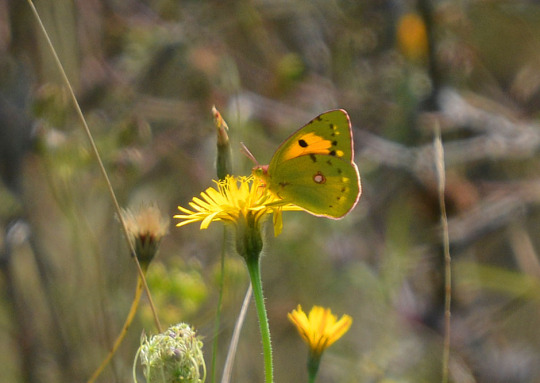



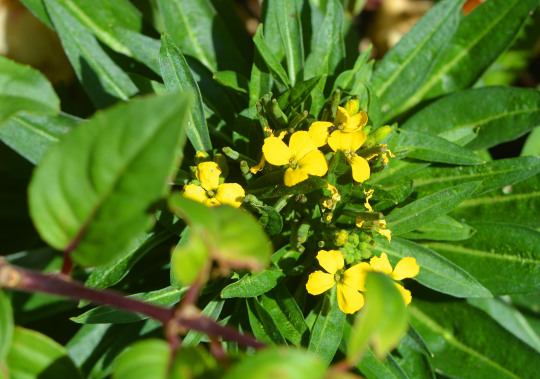


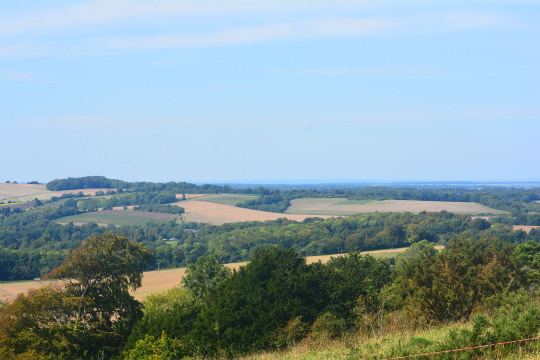

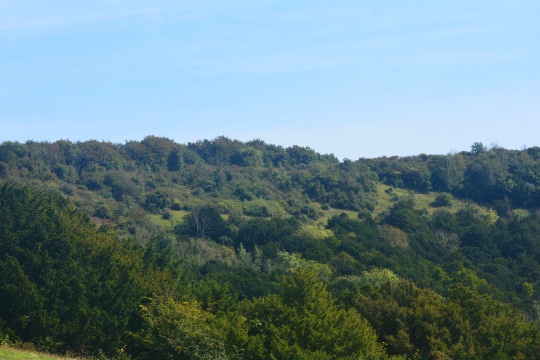
3rd September 2023: Clouded Yellow and more at Old Winchester Hill
Photos taken in this set: 1 and 2. The Clouded Yellow. I am ecstatic that we saw this sun coloured butterfly flitting around the rich meadows, landing on flowers, an astonishing sight stationery and in the air flashing it's brighter yellow parts and black spots. This is for me one of our most grand, enigmatic and enchanting species, and it was a true honour to get such fine views of this one. Seeing it battle Adonis Blues and fly with Brimstones and Small Heath was exceptional. This is such an important sighting for me as my first of the species this year, my 47th butterfly species of the year and it will be the last one we see. It was a target of ours and it was just getting into being a lengthening quest to see one this year so it was rewarding to see one for another year. I am so pleased to reach 47 butterfly species seen this year, two higher than my previous highest totals. Its been a sensational few months of butterfly watching, with Clouded Yellow - ten years on from when we first ever saw one like many of the species - the icing on the cake, and it was lovely seeing Brimstones flitting around today too a nice full circle with that my first butterfly species of the year seen in Winchester back in March. 3. Hawksbeard. 4. Lovely lesser stitchwort. 5. Yellow flowers in the garden on this yellow weekend for us. 6. Actually the same photo as the first distantly centring on the clouded yellow, but I kept an un-cropped version as I loved the meadow around it including wild carrot, thistle, hawksbeard type flowers and rose hips. 7, 8, 9 and 10. Glorious views on a gorgeous day in this hot and sunny weather, I never tire of the panoramic and divine South Downs views here and having to come back after not seeing the Clouded Yellow on the (still brilliant) trip here last Sunday was a treat I love this place.
The electrifying Adonis Blues, lots of Small Heath and Meadow Browns, the Brimstones, some Chalkhill Blues, Speckled Wood, Small White and thrilling views of an excellent Painted Lady made it another epic butterfly day, with Mint moth type moths seen quickly. A dragonfly seen quickly I couldn't tell which, ladybird, cricket/grasshopper and bee were other insect highlights. We got amazing views of Kestrel once again of late with one whizzing by us before we got a good view of it on a tree, and Buzzards in the air were a delight to watch on a great day for raptors soaring high. We also saw Swallow, a Yellowhammer briefly and I heard the eerie bark of Raven. Wild basil and marjoram, ragwort, viper's-bugloss, carline thistle, knapweed, eyebright, unique views of harebells, rosebay willowherb and field/small and devil's-bit scabious were key flowers seen. Elderberries looked stunning at the car park and hawthorn berries put a red coat over the landscape. A top butterfly day, it was good to chat to some fellow enthusiasts we'd seen before too. It was good to see a Migrant Hawker out the front when home today the first dragonfly or damselfly I recall seeing at or from home. Black-eyed Susan, sedum, buddleia and sunflower looked great in the sun at home. A fantastic wild weekend.
#clouded yellow#butterfly#butterflies#kestrel#buzzard#adonis blue#small heath#chalkhill blue#old winchester hill#south downs#summer#hampshire#brimstone#uk#earth#nature#grass#trees#outdoors#outside#walking#england#harebell#flowers#wildflowers#2023#september#europe
9 notes
·
View notes
Photo

L'Argus bleu-nacré - Chalkhill Blue L'Argus bleu-nacré (Polyommatus coridon) photographié dimanche. Chalkhill Blue (Polyommatus coridon) Photographed on Sunday.
#nature#macro#butterfly#close up#300mm#papillon#Polyommatus coridon#biotope#Nikon#D4#Chalkhill Blue#p
4 notes
·
View notes
Photo
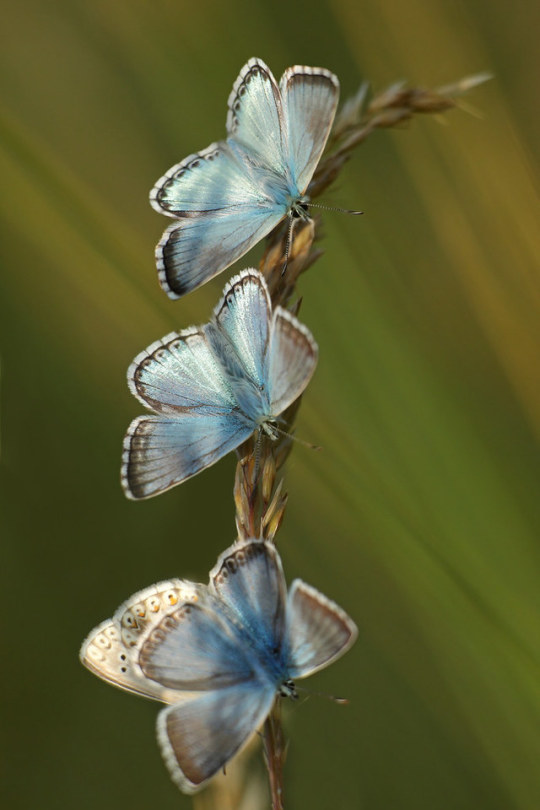
Chalkhill Blue Butterflies by Alan MacKenzie on Flickr
49 notes
·
View notes
Text

Chalkhill Blue, Polyommatus coridon on grass Canon 400D EF 100 2.8 f/6 1/400 iso: 200 Celakovice, Jirina 7/8/2011 #SaveButterflies #Butterflies #lycaenidae #Lepidoptera #Insects #invertebrates #Macro #grasslands #insectphotography #canon
0 notes
Text
animals I hope new Pokemon in the region are based on, based on it being largely based on the UK with clear Netherlands aspects:
Badger
Bottlenose Dolphin
Red Fox
Red or Roe Deer
Red Squirrel
DRAGONS
Unicorn
Literally any of our numerous Fae creatures like kelpies, cait sith ect
BLACK SHUCK (ghostly black dog from folklore)
Tits (Yes, get the laughs out of the way), the family is made up of such pretty birds.
WATER VOLE
Scottish Wild Cat
more wolf Pokemon (wolves and lynxes were native to the UK but were sadly wiped out)
PINE MARTEN
Brown or Grey Long-Eared Bat
Chalkhill Blue Butterfly
PUFFINS
Fossil Pokemon based on fossils found here, like Baryonyx!
BASKING SHARK
Literally so many oh my god please just make use of British wildlife
987 notes
·
View notes
Text

Chalkhill blue butterfly. Seen on chalk grassland last month
#nature#summer#butterfly#nature reserve#wildlife#butterflies#grassland#annotations#photography#labelled photo#phone photography#infographic#educational#uk nature
1 note
·
View note
